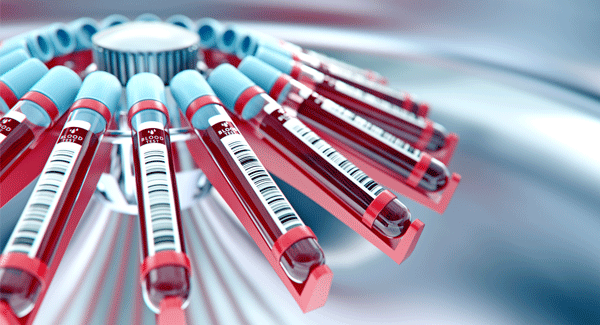Your RA is in Remission! Now What?
By Beth Axtell
There is no cure for rheumatoid arthritis (RA), but remission can feel like it. Today, early and aggressive treatment with disease-modifying antirheumatic drugs (DMARDs) and biologics makes remission more achievable than ever before. But how likely are you to reach remission, and how likely are you to sustain it? And when you reach it, do you stay on your medications or go off them?
When remission in RA was first defined 1981, it was characterized as elimination of all disease. “That’s a very hard target. We’re more likely to be able to reach limited or small amount of disease,” explains David T. Felson, MD, professor of medicine at Boston University and a practicing rheumatologist.
With that in mind, the American College of Rheumatology (ACR) and the European League Against Rheumatism (EULAR) developed criteria for defining remission so researchers could compare the effectiveness of different treatment regimens.
Definitions of Remission in Rheumatoid Arthritis
These criteria are used by scientists when conducting clinical trials. Your rheumatologist may use these or slightly different measures to determine if your disease is in remission:
-
One or fewer swollen joints
-
One or fewer tender joints
-
An assessment by the patient that on a 0–10 scale, arthritis activity is 1 or less
-
A blood test showing little or no inflammation in levels of C-reactive protein, a key marker of inflammation
A second definition uses the Simplified Disease Activity Index to measure disease activity. It consists of a sum score of the four measures in the first definition plus a physician assessment.
The Odds of Remission
Because the definition of RA remission has been subjective in the past, published rates vary greatly, ranging from as little as 10% to more than 60%. The most important factor is early diagnosis and aggressive treatment.
“When treated early with DMARDs and biologics, remission rates can exceed 60%,” says Paul Emery, MD, director, Leeds Institute of Rheumatic & Musculoskeletal Medicine, University of Leeds, United Kingdom, and one of the authors of the ACR/EULAR definition. For people who don’t begin treatment within two years of first symptoms or who don’t start biologics early in the course of disease, remission rates will range from 10% to 33%, as reported in various studies.
Having low disease activity levels at the start of treatment is also a predictor of being able to attain and maintain remission.
Being negative for the disease markers anti-cyclic citrullinated peptide (anti-CCP) antibody, rheumatoid factor and the shared epitope have been associated with a higher chance of realizing remission.
Drug-free Remission
Once remission has been achieved, whether you stop taking your RA medication is up to you and your doctor. Vivian Bykerk, MD, director of the Inflammatory Arthritis Center of Excellence, Hospital for Special Surgery, New York City, makes sure her patients maintain remission-level symptoms for at least one year before reducing their medications.
“Generally, I will slowly taper drugs one at a time: first steroids [earlier than one year], then biologics and finally methotrexate,” she says.
Dr. Emery keeps patients in a medicated remission for six months and then slowly reduces the medication dosages. “Remission is attainable for a good number of people – if you get diagnosed early and treated aggressively – but sustaining a drug-free remission for more than a year or so is unlikely,” he says.
While complete treatment withdrawal may be effective for a small number of patients, maintaining remission with a reduced-dose regimen, as Dr. Emery indicated, is likely the best option for many people. That’s because the disease may still be active even though signs of it appear to be gone. Inflammation and joint damage may continue even in the absence of pain and apparent swelling. In such cases, magnetic resonance images may reveal underlying inflammation. The results of several studies strengthen the case for reducing medication dosage rather than stopping completely.
Should You Take a Drug Holiday?
Many doctors favor reducing dosages in hopes of maintaining remission but taking a drug holiday could be an option.
If you and your doctor decide you are a candidate for a drug holiday – a temporary stoppage of treatment – consider a few factors: the potential effect on your medication eligibility with your insurance company, the effectiveness of the drug when you restart it, and whether underlying joint damage continues even when RA is in remission.
“Patients may have to change to another biologic by their insurer if, for example, the formulary has changed,” says Dr. Bykerk. “Also, if the same biologic is reintroduced, there is a chance that the patient may have developed anti-drug antibodies to the biologic, resulting in a worse response when using it the second time around.”
If you achieve remission, you and your doctor can weigh the benefits and risks of taking a drug-free holiday. During this time, it’s important that your doctor monitors you closely for signs of worsening disease activity or joint damage.
Diagnosed With Rheumatoid Arthritis?
Get the latest news and tips about living with Rheumatoid Arthritis in the Living Your Yes! e-newsletter.


